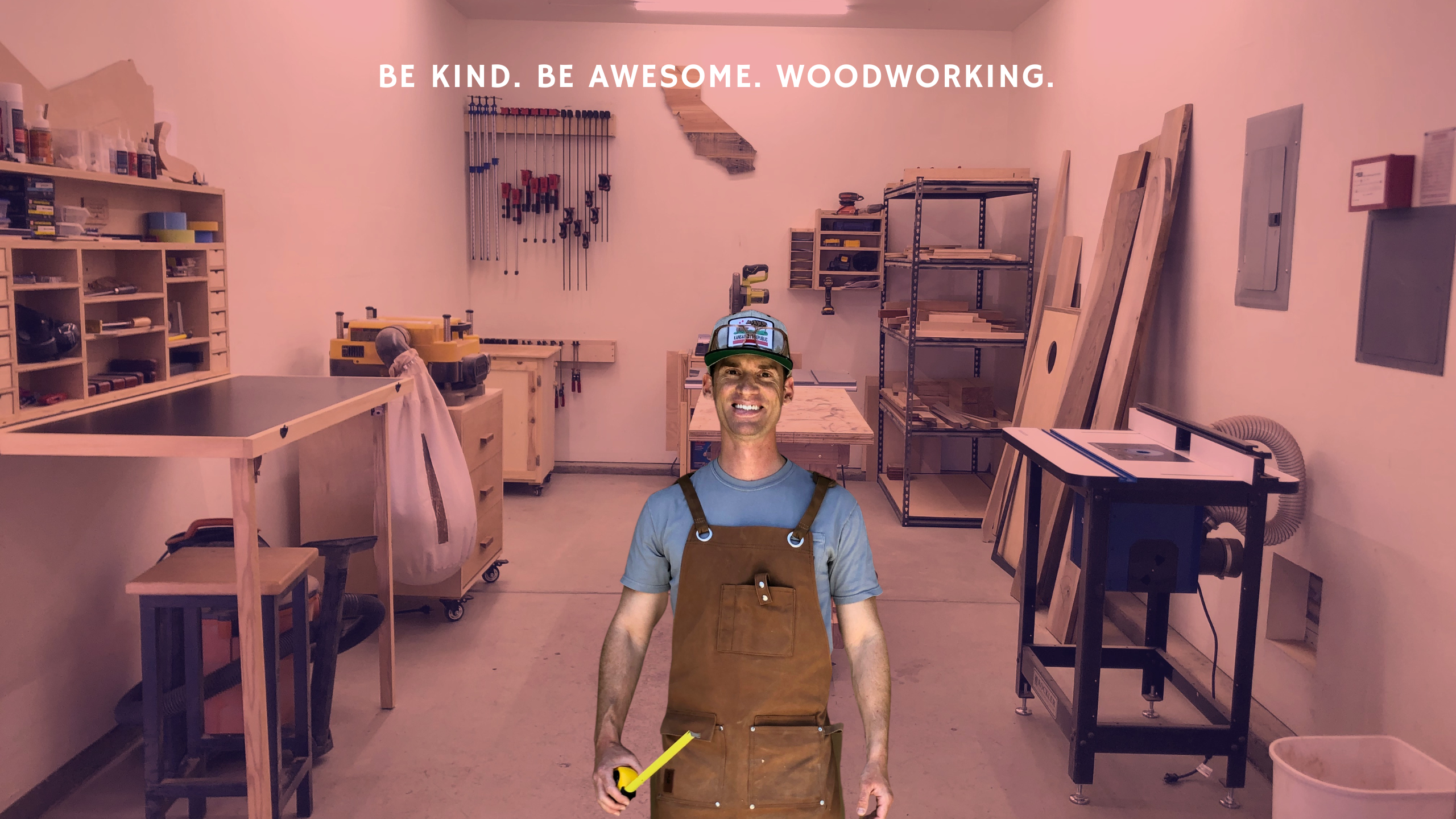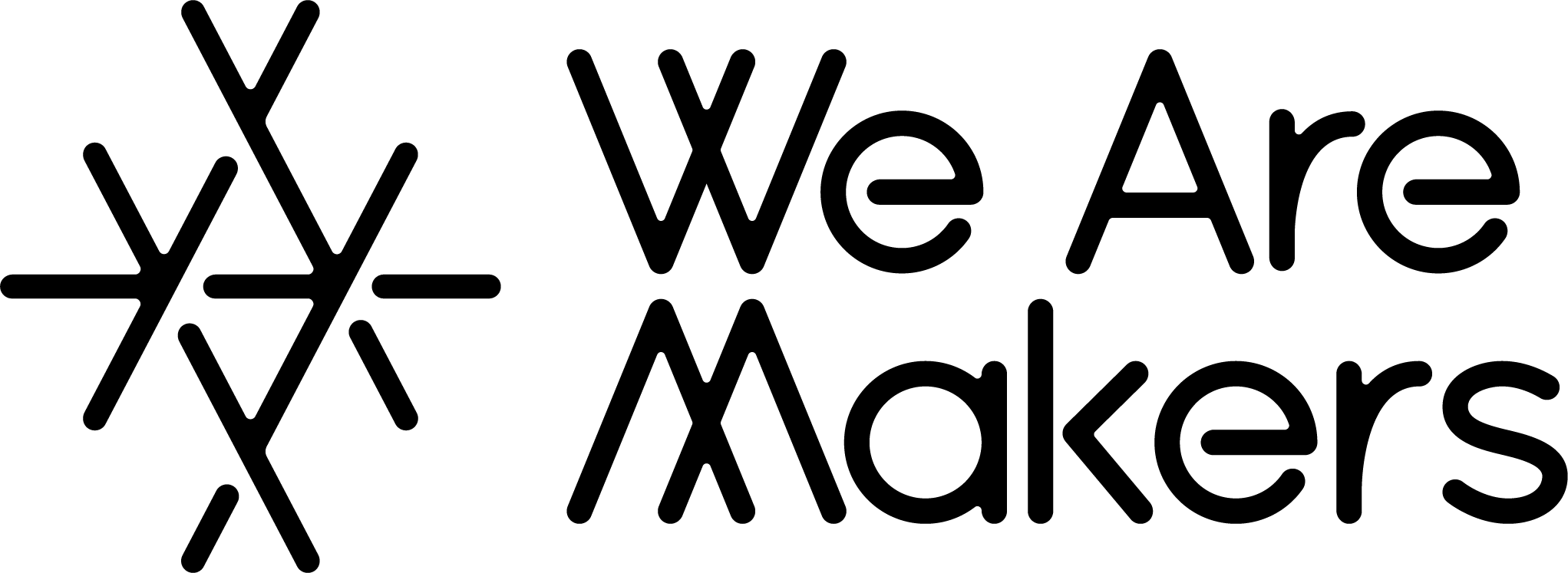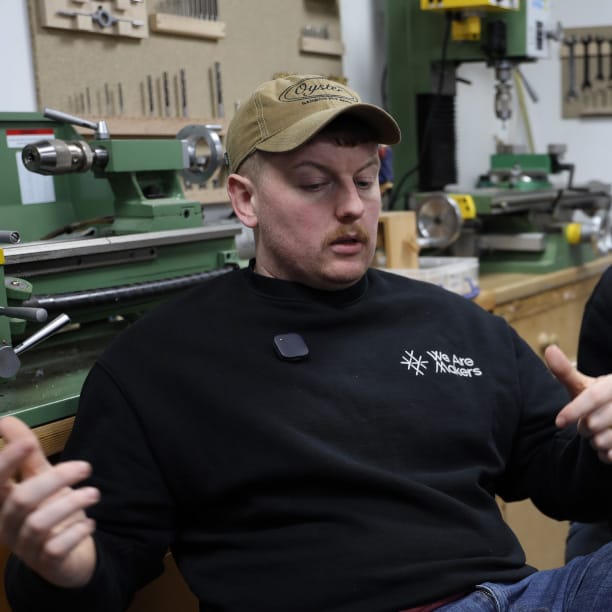Woodwork... Digitally?
Explore Thomas Gojkovich's journey from woodworking hobbyist to successful entrepreneur, leveraging social media to build a community and sell digital plans. Discover his valuable tips for a thriving woodworking business.

Building A Woodworking Business Using Social Media
Word by: Thomas Gojkovich
The way I have structured my woodworking business has given me more of something I highly value: Time. Specifically, more time with my family. I began woodworking in 2020 and started my social media channels the same year. Over the next 3 years I honed my skills and built a community of people online who enjoyed following along and watching me practice my craft. It was not long after this that I started asking myself how I could turn my hobby into a business. Although I settled on selling digital woodworking plans (instructions on how to build specific pieces of furniture) that was not my first idea.
I first tried selling commission furniture pieces but that did not last long. I hated the pressure (mostly put on by myself) to create a piece without flaws and on a deadline. Then I turned to selling small physical products online. I quickly realized that I did not enjoy printing out labels, packing the products in the correctly sized boxes, and shipping them to their new homes. Also, my items did not sell and I quickly realized why. Much of my audience on social media are other woodworkers who have no need for small wooden items they can make themselves. So I tried to think of something my audience would need and would help them solve a problem. Digital plans, check both of those boxes. They allow people to build something themselves and give answers to the most common questions people have when building furniture: what dimensions does it need to be and how does it go together?

Digital plans are now the majority of my woodworking income and work well for multiple reasons:
- They are digital: no packing or shipping required. When a customer makes a purchase on my website the PDF plans are emailed to them automatically.
- They are scalable: There is only so much time in a day and there are a finite amount of physical products that can be made by one person. When each plan is released I can sell an infinite amount with no additional work.
Social media (YouTube, Instagram, Facebook, & TikTok) has helped me tremendously in selling my digital products and currently accounts for 38% of my total sales. When I release a new plan for a furniture piece I post 2 different videos on each social media platform (a few days apart) with an engaging voiceover. Somewhere in those videos I mention that I am selling plans for the project and am clear on where they can find them. There are no high pressure sales tactics, just engaging content. I only create plans that I believe will fulfill a need for my audience and if I am right there is no need for me to pressure people into buying them. I also try to make it as simple as possible for my audience to purchase my plans. On my social media homepages there is one link: my website where I sell my plans. I do not have multiple links and options that could overwhelm people and cause them to run the other way. Also, although I post about my products regularly, I make sure my channels do not turn into sales pages. The majority of my videos are about what I am doing in my workshop and occasionally I will post about one of my plans. I would say it is about 90% general woodworking tomfoolery and 10% plans (with the exception of my long-form YouTube videos where I briefly mention my plans in almost every video.

I will leave you with these advice nuggets that have helped me in my young journey as a maker with a small business:
- Charge what you are worth. You will earn more money and it will signal to your audience that you have a quality product, not a cheap one.
- Create your own website. I started on Etsy.com which worked great but I quickly created my own website (using Shopify) and sales eventually increased. Although Etsy is a great search engine there are so many purchasing options for the consumer. A person can easily go from your store to another with one click of a button. When someone goes to my website it is just me. No other options. Also, Etsy charged me 12.4% in fees in 2023 and Shopify charges me about 4.5% in fees.
- Have at least some digital products. They are scalable and convenient.
- Be yourself. People don’t want to watch you act like someone else. People can see right through someone who is being fake and they will tune out. They want to connect with you and all of your uniqueness.
- Tell people about your products. If you do not tell anyone about your products nobody will know about them and sales will suffer. I take every opportunity to announce that I have detailed written and video woodworking plans available at www.thomascustomwoodworks.com.






